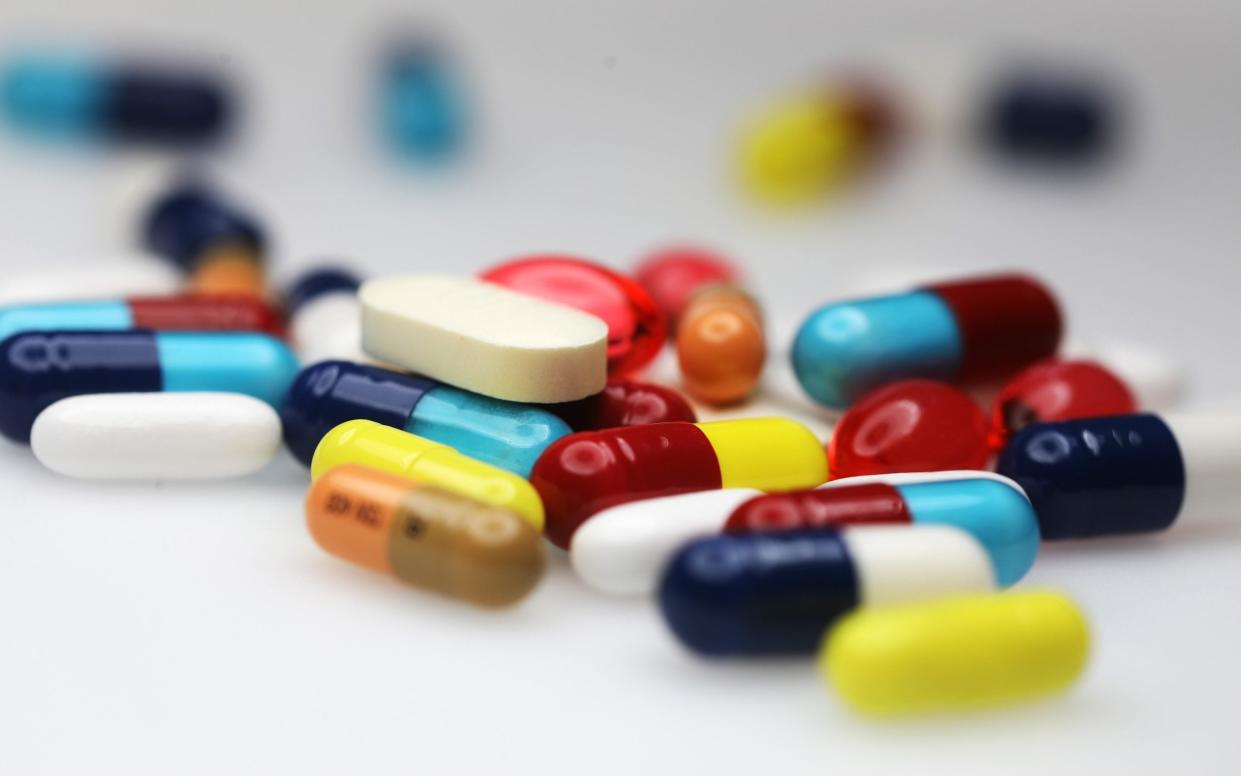Behaviour of animal health industry fueling ‘silent pandemic’ of superbugs, report warns

The world’s largest animal health companies are fueling the rise of superbugs and “failing to live up to responsibilities” to tackle the growing threat of antimicrobial resistance (AMR), a stark report has warned.
The research, published on Wednesday, found that none of the largest 10 publicly listed animal health companies – which comprise roughly 40 per cent of the sector – have a comprehensive strategy to mitigate the impact of AMR.
That’s despite suggestions from the World Bank that agriculture is a “critical frontier” to tackle the rising threat of superbugs. Estimates suggest roughly 70 per cent of global antimicrobial use is linked to farming animals.
Globally there are growing concerns about a “silent pandemic” of superbugs as, increasingly, the treatments we rely on to kill infections are not working. Already, drug-resistant bacteria kill roughly 700,000 people a year – a figure predicted to hit 10 million by 2050 if AMR continues at its current rate.
But few new antibiotics are currently in the pipeline, making those that still work incredibly valuable.
The latest report – published by an investor network called the FAIRR Initiative and backed by the UK’s special envoy on AMR, Dame Sally Davies – examined the $47 billion animal health industry, which manufactures and sells antimicrobial treatments for the agricultural sector. It found these critical drugs are still being both misused and overused in animals.
“The animal health sector is failing to live up to its responsibilities to manage the risks we all face from antibiotic resistance,” said Jeremy Coller, chair of FAIRR and the chief investment officer at the private equity firm, Coller Capital. “It’s absolutely necessary for animal pharma to improve its antibiotics stewardship.”
A particular concern is the way “shared class” antimicrobials (which are used in both animals and humans) are sold.
Scientists and regulators have called for reduced use of shared class drugs where possible, but the report warns that still antimicrobials are often “labelled for growth promotion and/or sold in large quantities – practices that promote unnecessary and excessive use”.
The report suggests none of the 10 companies analysed have responsible marketing policies for use of antimicrobials in agriculture, which is a particular problem in emerging markets where product labels can be a farmers’ only guide around when to use drugs and in what doses.
One example given is a product called Winmyco – sold by the Indian firm Zydus Cadila in 25kg bags and described as a “growth promoter” – which contains an antibiotic categorised by the World Health Organization (WHO) as a high-priority drug critically important for human health.
“This antibiotic is severely restricted for use in humans, yet is being promoted for everyday use for non-medical purposes in animals,” the report warns.
It urges firms to both reduce sizes of packages – which should cut the amount of unused or expired medicines and make it less likely the antibiotics will leak into the environment – and make labelling clearer, to prevent misuse of critically important drugs.
Statistics from Vietnam and China from 2018 demonstrate the scale of this problem: in the Mekong data, roughly 80 per cent of total antibiotic use in animals is as a prophylaxis (as a preventative measure); while more than half of usage in China is linked to growth promotion.
'A darker side to the industry'
The paper also notes that, amid growing awareness of the threat of AMR, disclosed lobbying expenditure by leading animal health firms has rocketed. Between 2015 and 2019, spending jumped by 86 per cent in the European Union and the US, while FAIRR believes some firms are lobbying against strengthening regulations in emerging markets.
Alongside tighter regulation and more action from the companies themselves – including more supply chain transparency – the report urges investors to take a stance to push firms to change.
“The authors try to basically change the image of the industry, from the perspective of the investors,” Prof Thomas Van Boeckel, an expert in AMR at ETH Zürich university in Switzerland who was not involved in the study, told The Telegraph.
“It’s perhaps a good thing that investors realise there is a darker side to this industry. And that it’s contributing to a big global problem that is not dissimilar to climate change… that it’s a little bit like investing in fossil fuel. I'm not denying the fact that we need oil to live - but it’s going to cause us problems in the long term, and so too is AMR.”
Mr Coller added: “We have to ask ourselves: can the antibiotic crisis be solved without the cooperation of the $47bn animal health sector?... FAIRR has invited investors to participate in its upcoming formal engagement with these companies to ask for robust action on antibiotic investment risk.”
But in response to the report Carel du Marchie Sarvaas, Executive Director of HealthforAnimals, disputed many of the key findings and said “members of HealthforAnimals, the global association representing 10 of the largest manufacturers of animal medicines, all have stewardship strategies for the responsible use of antibiotics.”
He added: “The animal health sector has taken proactive steps to address the development of antibiotic resistance by working to reduce the need for antibiotics, which means improved prevention, detection and treatment of bacterial infection, including a committed investment of $10 billion into research and development.
“But when the primary driver of antibiotic resistance is the misuse of medicines in people and the animal health sector is as much as 40 times smaller than the human health sector, we can only drive down resistance through a collaborative, One Health approach.”
Protect yourself and your family by learning more about Global Health Security


